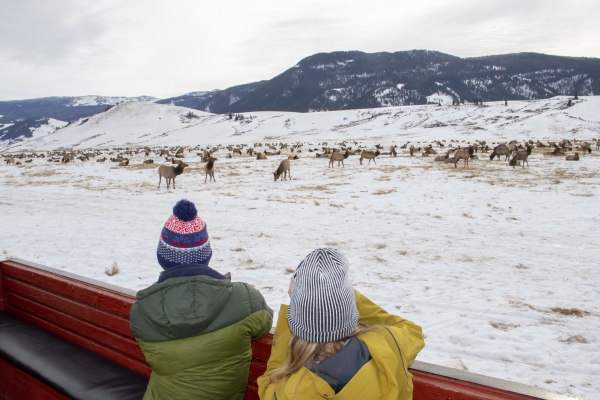
Some tips to make watching wildlife enjoyable and rewarding:
- Download our Watchable Wildlife guide (PDF 444 KB), consult Oregon Explorer's Watchable Wildlife page to locate hotspots for wildlife, or look for the "Wildlife Viewing Station" sign wherever you visit. Plan your visit according to the season, tidal phase, and time of day. Wildlife is generally more active in the mornings and early evenings than in the afternoon.
- Download a copy of the Oregon Coast Birding Trail guide.
- Keep voices down while approaching a viewing area to avoid scaring wildlife away before you get there. Although animals may disappear when you arrive, they often return shortly if you are quiet and still.
- Use binoculars and spotting scopes to bring animals "closer" to you without disturbing them.
- Bring a field guide to help you identify various species and the habitats they prefer. But remember, the goal is to identify with the wildlife, not just identify it.
- Often a close look reveals more. Look up, look down. Or peer through a hand lens to enter the world of insects. Animals come in a range of sizes and occupy a variety of niches.
- Avoid disturbing wildlife. Remember that all coastal rocks and islands are closed to public access, and all watercraft should stay at least 500 feet away.
Laws, rules, and regulations
